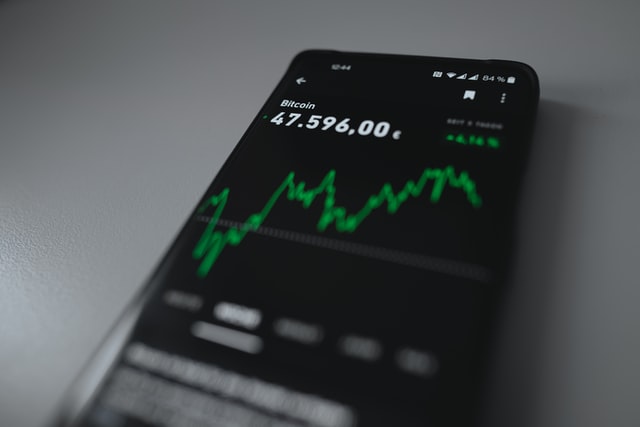Forex scalping is a day trading technique that forex merchants use to purchase or sell currency pairs with a short-term holding period to generate a succession of quick and easy profits.
A forex scalper will attempt to make many trades and exploit the trivial price changes which are common all through the day. While scalping tries to seize trivial profits such as 5 to 10 pips per exchange, the yield from these trades can be enhanced by improving the position size.
A forex scalper normally holds on to trades for as little as seconds to minutes at a go, and they enter or exit various positions within one day. As a result, forex scalpers typically utilize ECN accounts because normal accounts can put them at a disadvantage.
Appreciating Forex Scalping
Forex scalpers typically use leverage which gives them prominent positions so that a slight movement in price can give them a good profit. For instance, a 10 pip yield in the USD/EUR on a 20,000 USD position is 10 dollars, while on a 200,000 USD position, the price change is 100 USD.
Forex scalping techniques can be physical or automated. A physical system comprises of a trader looking at a PC monitor, searching for signs, and deducing whether to purchase or sell. In an automated system, apps inform the trading platform when to purchase or sell.
Scalping is expected in the periods preceding vital info releases such as interest rate reports and employment reports. These kinds of high-impact news releases cause massive price changes in a very short time, which is perfect for a scalper who wants to enter or exit trades quickly.
Due to the enhanced instability, positional sizes may be cut down to lessen risk. Although traders try to make ten pips per exchange, after massive news releases, they can be able to get more than 20 pips per trade.
What Are the Risks Associated with Forex Scalping?
Just like all styles of day trading, forex scalping has risks. While profits can pile up quickly if many good trades are made, losses can also pile up if the trader isn’t very good or they are using a flawed system.
Even though traders risk only a trivial amount for every trade, they could end up losing quite a lot if a majority of those trades end up being wrong. In addition, leverage and leveled-up position sizes can also be risky.
For instance, if a trader has 20,000 USD in their account but is holding a 200,000 USD position size. This translates to 10:1 leverage. Assume the trader is ready to risk ten pips for every exchange and attempts to exit the trade when they have a 20 pip profit.
This is a practical system, but at times the trader won’t be able to exit for a ten pip loss. The market could break through their stop-loss position, meaning the trader will exit the trade with a 40 pip loss which is four times the projected loss.
Such as scenario is known as slippage and is common during massive news releases, and several of these spillage instances can drain a well-funded account quickly.
Forex Scalping Techniques
There are numerous scalping techniques, and some of them include:
- Trend exchange techniques include entering in the course of the trend and trying to get a profit if the movement progresses
- Countertrend exchange techniques are more daunting for scalpers and involve holding a position in the reverse direction of the trend. Such exchanges can be done when the trader anticipates the movement to reverse
- Range techniques pinpoint support and resistance zones, and then the trader tries to purchase close to the support zone and sell close to the resistance zone
- Statistical forex scalping – Traders search for patterns and irregularities that happen in certain conditions. These might include purchasing or selling and holding the position for about five minutes if a specific chart pattern appears at a specific time of the day
Final Thought
To sum it all up, forex scalpers only retain a small risk in an attempt to capitalize on small price changes which yield profits. Fortunately, the small price changes can turn into significant sums of money due to holding large position sizes and leverage.

